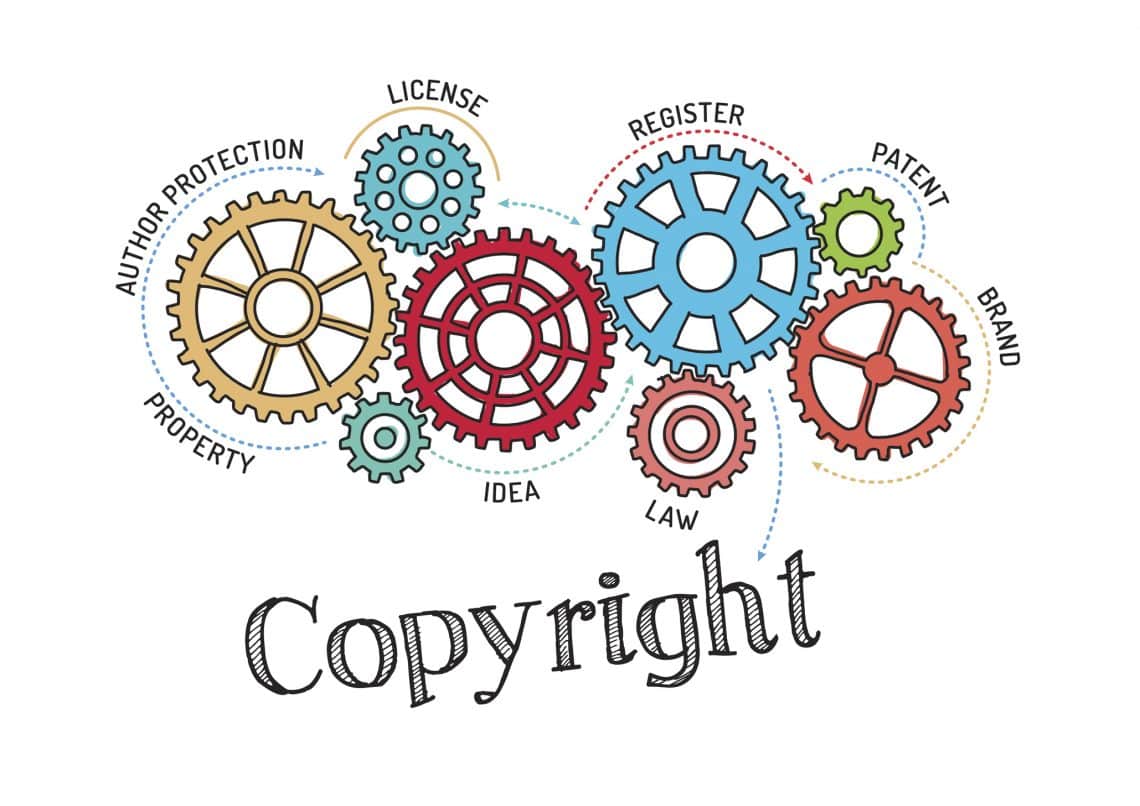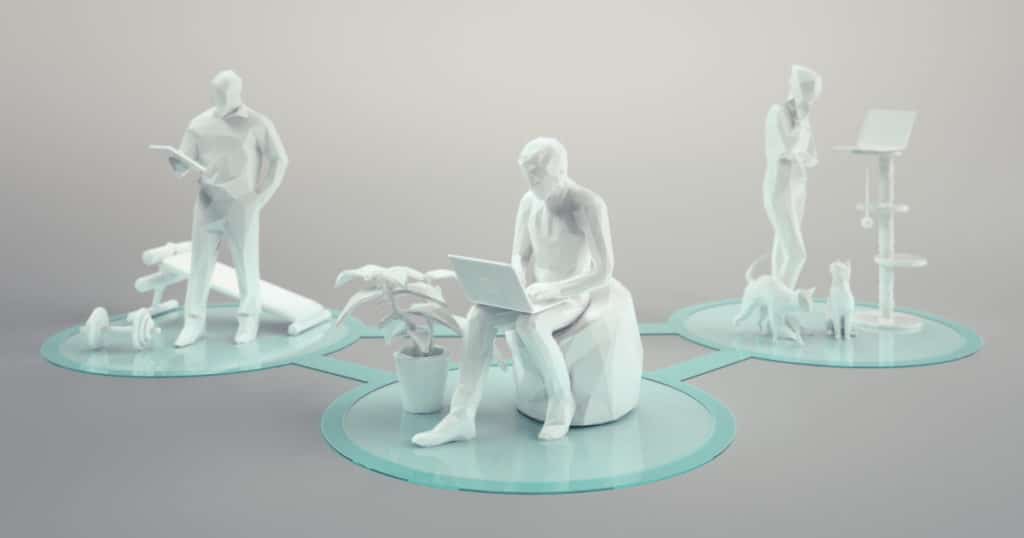Note: This is the second part in a series. The first article is “It’s Not Just Patents and PVPs.”

In this age of the internet, copyrights are an important and valuable form of intellectual property that are often overlooked by organizations in the seed industry. In general, organizations throughout the seed industry often are not aware of the value copyrights can provide.
This article is the second in a series from the Seed Innovation and Protection Alliance discussing additional forms of intellectual property that benefit a number of sectors of the seed industry, including integrated seed companies, seed dealers and brokers, seed producers, seed treatment companies, universities and services providers.
A copyright is a work of art, such as writings, books, photos, songs, paintings, sculptures and software, that is fixed in a tangible medium of expression. Simply put, if you create an original work that is sufficiently permanent or stable of being perceived, reproduced or communicated for more than just a passing moment, you have a copyright. An original work has copyright protection the moment it is created and fixed in a tangible form. However, it is important to note that if you want the ability to enforce your copyright rights, you have to register each work of art with the U.S. Copyright Office.
Filing a copyright is relatively easy and consists of three basic steps. First, create the work. Next, file an application for the work with the U.S. Copyright Office and pay a fee. Lastly, if the U.S. Copyright Office deems that the application is in order for copyright registration, the registration will issue shortly thereafter. The term of a copyright varies; however, it usually is 70 years after the death of the author, or if it’s a work of corporate authorship, 95 years from publication or 120 years from creation (whichever expires first).
A copyright registration gives the owner the right to: make copies of the work, distribute copies of the work, perform the work publicly, display the work publicly and make derivatives of the work.
As an example of how copyrights are used in the seed industry, we will continue to use a fictional company called Medicine Bow Seeds (MBS) that sells a number of hybrid corn lines and soybean seed varieties. We will use two common examples of areas where copyrights could exist for MBS: marketing materials and their website.
MBS’ website may consist of both copyrightable elements and non-copyrightable elements. For example, the overall “look and feel” of the website may not be copyrightable, but original photos that MBS created of their corn and soybean varieties may be copyrightable, as well as any original text.
For MBS’ marketing materials, again, any original photos and text can be copyrighted, but purchased stock photos and standard phrases used in the industry may not be copyrightable.
For both the website and marketing materials, it is important to include language, such as “copyright 2018” giving third parties notice that the content is copyrighted. This language is usually placed at the bottom of the website or materials.
Identifying copyrights and their value to your organization is an important step in setting up systems to protect and maintain your copyrights. For more details on copyrights, including steps for securing copyright protection and enforcing your copyrights, visit the SIPA website at www.seedipalliance.com or contact James Weatherly at jamesw@seedipalliance.com.













